When I saw the pair of shows now on view at Elizabeth Moss Galleries, I was struck by the contrast.
John Andrews makes abstract paintings very much in the vein of mainstream Abstract Expressionism: frolicking brushwork devoid of described form or rendered volumes that rides color, rhythm and mark-making through well-balanced compositions. He is a Modernist through and through.
Shoshannah White’s work, on the other hand, is elegantly contemporary with a sophisticated material flair that insists on physical intimacy and yet intellectual remove. It upends the distinction between photography and painting with a calm but well-honed flick of the wrist. A close and otherwise spare image of a sunflower is presented under milky depths of paint, yet on closer inspection we see it as a photograph deeply mediated by translucent layers.
What is striking about this pair is the clarity of their status as contemporary art and Modernist painting, respectively. While contemporary art largely seeks to function on its own internal logic, Modernism (at least in my theory of Modernism) is more avant-garde in the sense of taking on and systematically breaking down established cultural rules.
Andrews’ work is pretty much old-school Abstract Expressionism. It defines itself as Modernist by what it doesn’t do. It isn’t representational; it doesn’t establish a figure/ground distinction (object versus background); tell a story; or depend on represented volumes and shapes; etc.
Therefore, Andrews’ work finds meaning through a cultural context with which the viewer must be somewhat familiar. Moreover, as Abstract Expressionism became the American standard for painting (which it did in the 1950s), it lost its cutting-edge power, most of its urgency and virtually all of its progressive character.
Andrews’ “Waxing Gibus” is a 3-by-4-foot oil on canvas plied with layers of his colorful, brushy marks. It has one of the artist’s broadest palettes (most are more tonal and moodier): ochre, red, periwinkle, white, peach, turquoise, lemon yellow and black (black has a uniquely liquid and calligraphic role in Andrews’ painting).
The brushwork swoops in tight, looping rhythms, vigilantly refusing to close back on itself to avoid recognizable shapes. The piece shimmers and shuttles with energy — pulsing to an almost danceable beat.
Andrews can certainly handle a brush, but his work suffers a bit for its unbridled immediacy. Recently, painting has been shoring up the value of patient craftsmanship, so this kind of unmediated self-expression could leave some viewers feeling a bit shortchanged.
My favorite is “Imperial” for its refined, upward push-and-pull interplay of light on dark negative space. Most surprising to me was Andrews’ “Pine.” The quavering, loaded-brush marks first struck me as awkwardly meandering, only to reveal themselves moments later as the subtle architecture of his best-structured painting.
White’s work, on the other hand, feels easy with its current — even hip — aesthetic. Her objects look both sophisticated and well crafted. This technical approach has disappointed me in the hands of other artists: White is mounting a photograph on a panel and painting over it with encaustic (wax-based paint). This has become all the rage in some parts of the country, but many artists hide the fact they are modifying photographs and try to pass them off as paintings.
I commend White for noting her works are photography-based mixed media.
The unframed panels float off the wall with the drips of paint on their edges. If you aren’t aware this is a photograph, you might not guess.
White’s “Closed Sunflower” is a dark, spiky, stubbled and pointy bud seen from very close on an otherwise empty ground. The photographic qualities are apparent since all but the center is out of focus.
Most of White’s works are single flowers shot with a macro lens (although her six little cupcakes, cookies and treats are delicious little reminders of her Pop Art edge). Her dreamy “Amarylis Pistil” features a petal sweeping like a luscious tongue over a tiny, splayed pistil. Within its encaustic atmosphere, White’s “Protea” flows like a purple anemone. Her regally desiccated “Pod” is hot and dry.
My favorite is her pinned “Moth” — a dreamy black-and-white image over a close shadow. Gorgeous and intriguing, the image hints of Romantic observation and the fascination of discovery. White uses her paint, photography, encaustic, shadow, light and subject in pure concert in this deliriously evocative image.
It’s probably easier to see one show and then the other, but I think it’s particularly interesting to really compare them. White and Andrews both make appealing work geared toward aesthetics rather than narrative. Both revel in the textures of paint and show great respect for painting and artistic culture. But in the end, they are fundamentally different, and it could be very telling to see which you prefer.
Freelance writer Daniel Kany is an art historian who lives in Cumberland. He can be contacted at:
dankany@gmail.com
Send questions/comments to the editors.

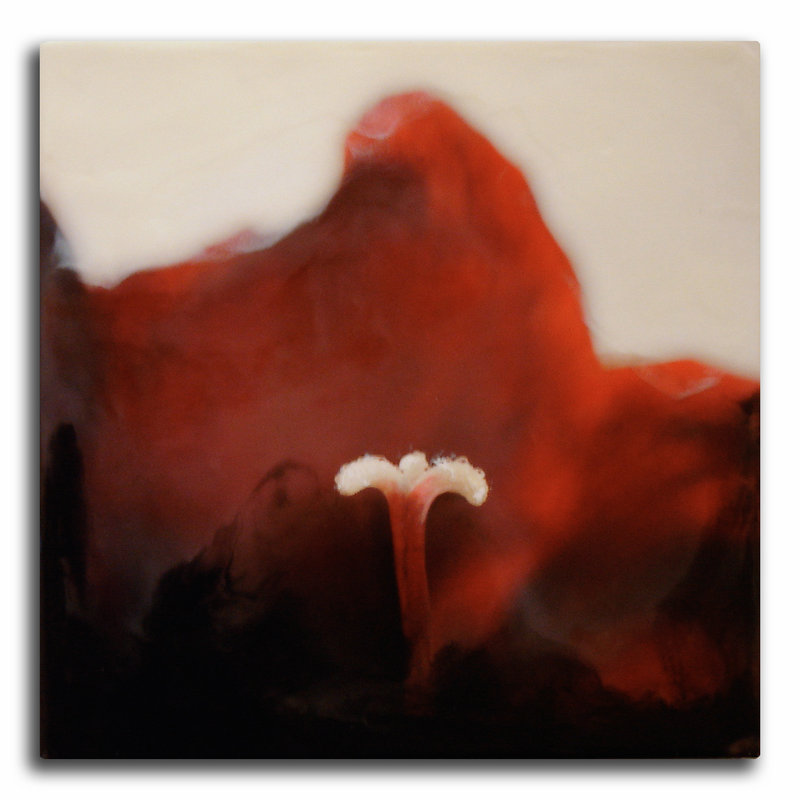
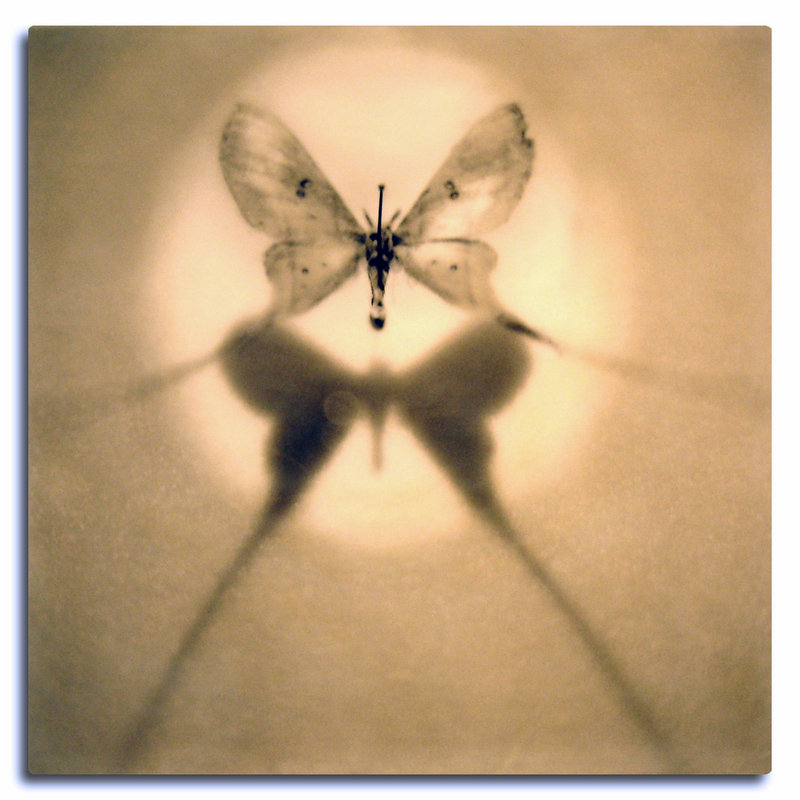
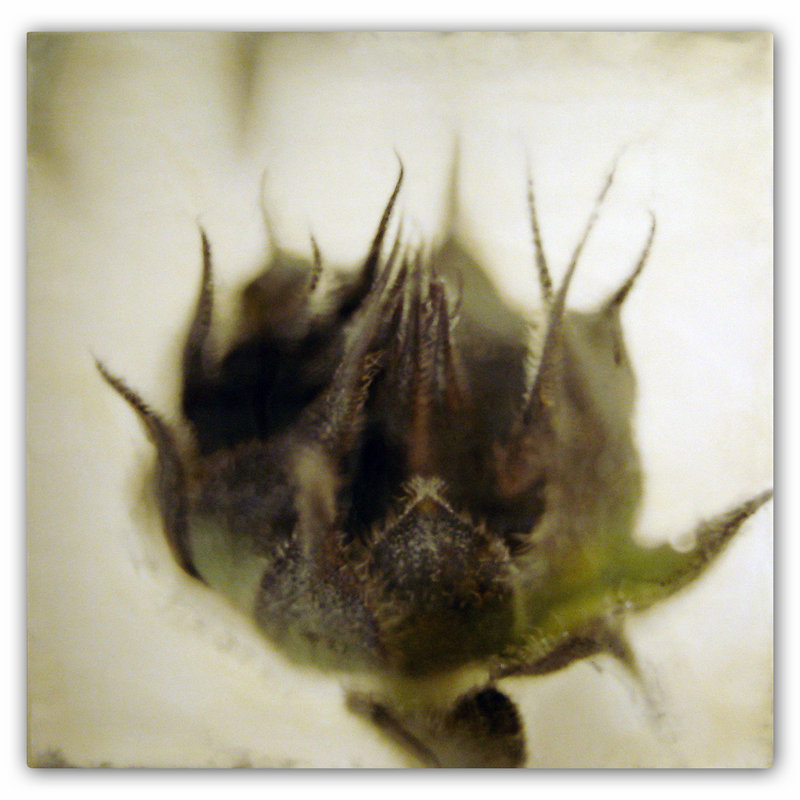
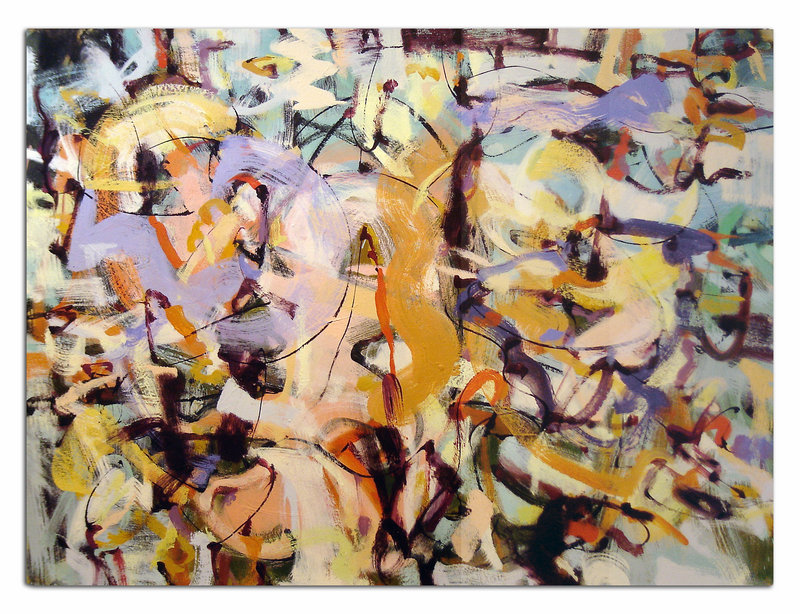
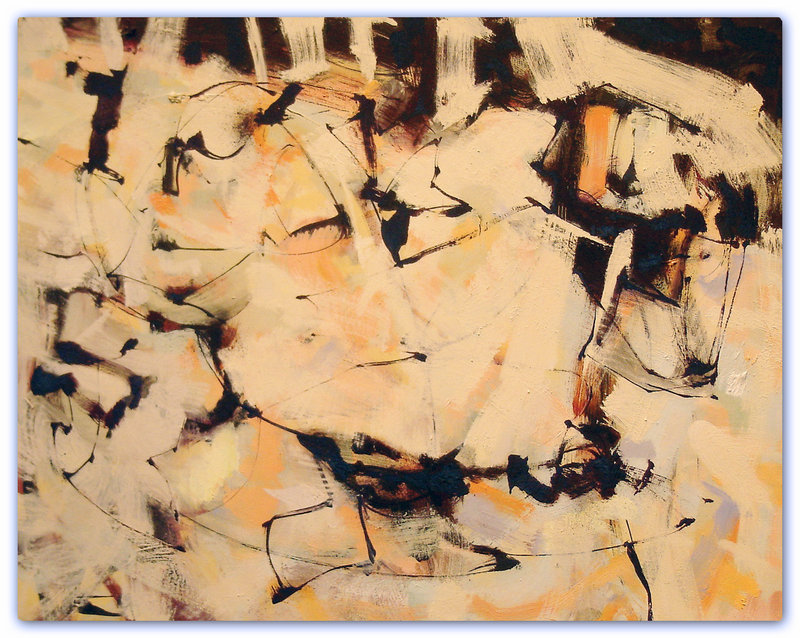

Success. Please wait for the page to reload. If the page does not reload within 5 seconds, please refresh the page.
Enter your email and password to access comments.
Hi, to comment on stories you must . This profile is in addition to your subscription and website login.
Already have a commenting profile? .
Invalid username/password.
Please check your email to confirm and complete your registration.
Only subscribers are eligible to post comments. Please subscribe or login first for digital access. Here’s why.
Use the form below to reset your password. When you've submitted your account email, we will send an email with a reset code.